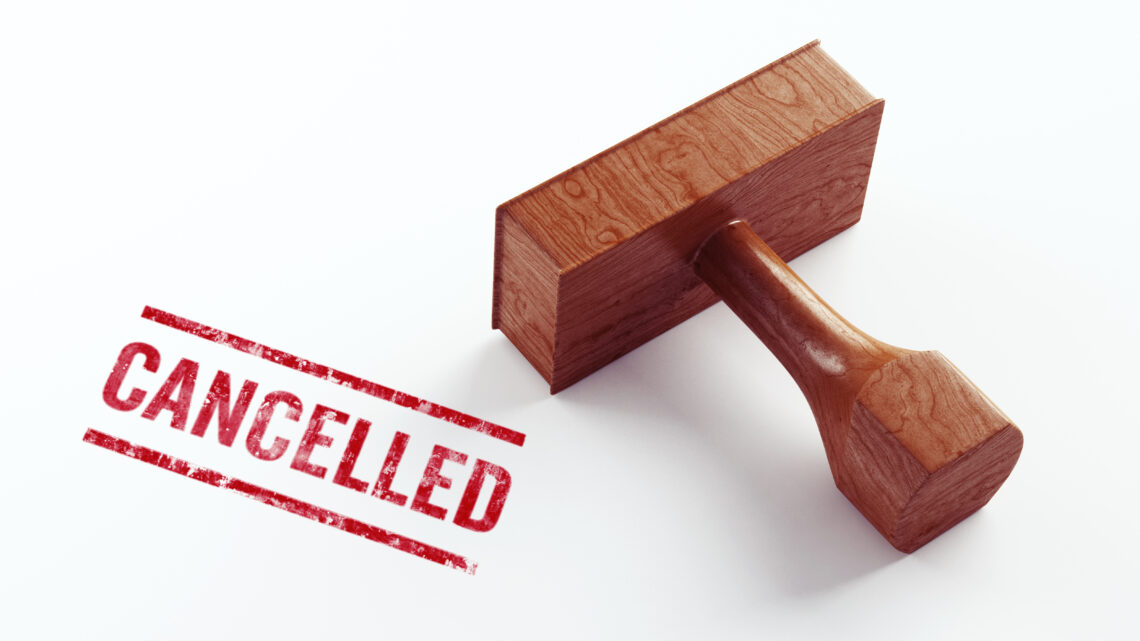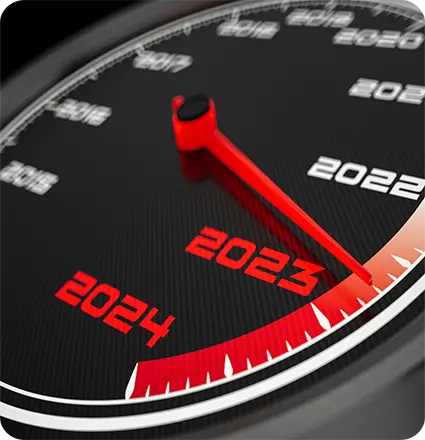Does someone have a patent that is stopping you from making an invention? Do you want to get rid of a competitor’s patent? You may be able to cancel it through a process called patent reexmaination.
Continue ReadingPatent Office Offering Fast Examination for 1,000 First Time Patent Applicants at No Additional Fee
If it is your first time applying for a nonprovisional patent application in the US, the US Patent Office is offering free expedited examination for the first 1,000 applications that request it.
Doing a patent search is an important initial step before applying for a patent. It allows you to see what inventions like yours already exist before you spend time and money applying for a patent. This gives you an idea of how likely it is for you to get a patent and what you may be able to do to increase your chances of obtaining a patent. Here are the steps to do a patent search.
Continue ReadingIf you’ve created a new invention that is unique and useful, you will want to consider applying for a patent. A patent provides legal protection and grants you the exclusive right to use and profit from your invention for a certain period of time. If approved for a patent, you will be the only person who can make, use, sell, or import the invention. This guide will walk you through the process of applying for a patent, including determining if your invention is patentable, conducting a patent search, and filing your application.
Continue ReadingTo be granted a patent, you must convince the US Patent & Trademark Office (USPTO) that your invention is novel, nonobvious, and useful. These three criteria are known as the patentability criteria. The issue is, whether your invention meets these three criteria is a subjective determination meaning one person may think your invention is novel, nonobvious, and useful but another person may not. To increase your chances of patent approval, you will want to maximize the chances that someone looking at your invention will consider your invention to be novel, nonobvious, and useful.
Continue ReadingTo get a patent for an invention, your invention must be novel, nonobvious, and useful. Being novel just means you have made an invention nobody has done before. Being useful just means your invention needs to accomplish something. Being nonobvious, however, is the hardest hurdle. Your invention must be nonobvious to obtain a patent. What does that mean?
First, let’s make it clear that there is technically no “international patent” which will give you patent rights in every country in the world so that you can stop anyone in any country from making your invention. The term “international patent” is often used to describe the PCT patent application and while filing such a PCT international patent application will get you started in getting a patent in 157 countries, you must eventually still get independent patent approval in each county you want a patent in. Each country has their own patent office, and you must get approval from each country individually. Let’s learn how.
Continue ReadingPatenting Your Invention: Key Tips to Navigate the Patent Application Process Successfully
If you are looking to patent your invention, you’ll need to navigate the complicated patent application process. Here are the key tips to consider when applying for a patent application.
Continue ReadingThe patent application process can be a lengthy and complicated journey, with numerous steps and potential obstacles along the way. One of the most common questions asked by inventors and patent applicants is: how long does it take to get a patent? Unfortunately, there is no easy answer to this question, as the timeline for obtaining a patent can vary widely depending on a variety of factors. In this article, we will explore the patent application timeline in detail, including the steps involved in the process and the factors that can impact the amount of time it takes to obtain a patent.
Continue ReadingPatenting an invention is a lengthy process which requires time and money. Before you begin the process, it is important to conduct a thorough patent search to determine your chances of eventually obtaining a patent. A patent search also shows you existing similar inventions, allowing you to potentially work around those other inventions and maximize your chances of eventually obtaining a patent.
Continue Reading









